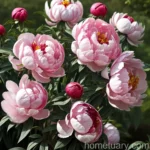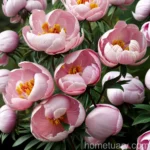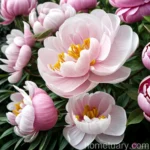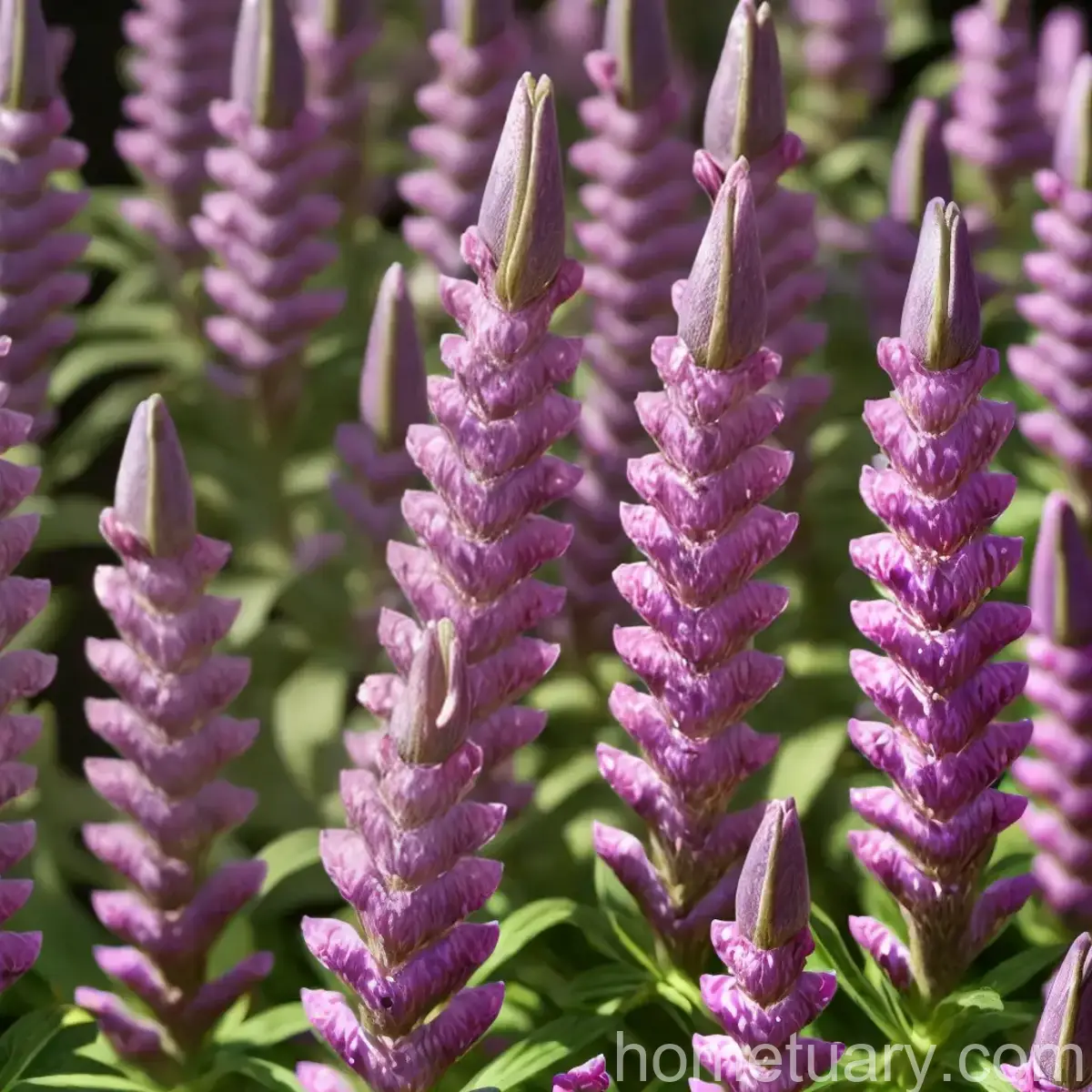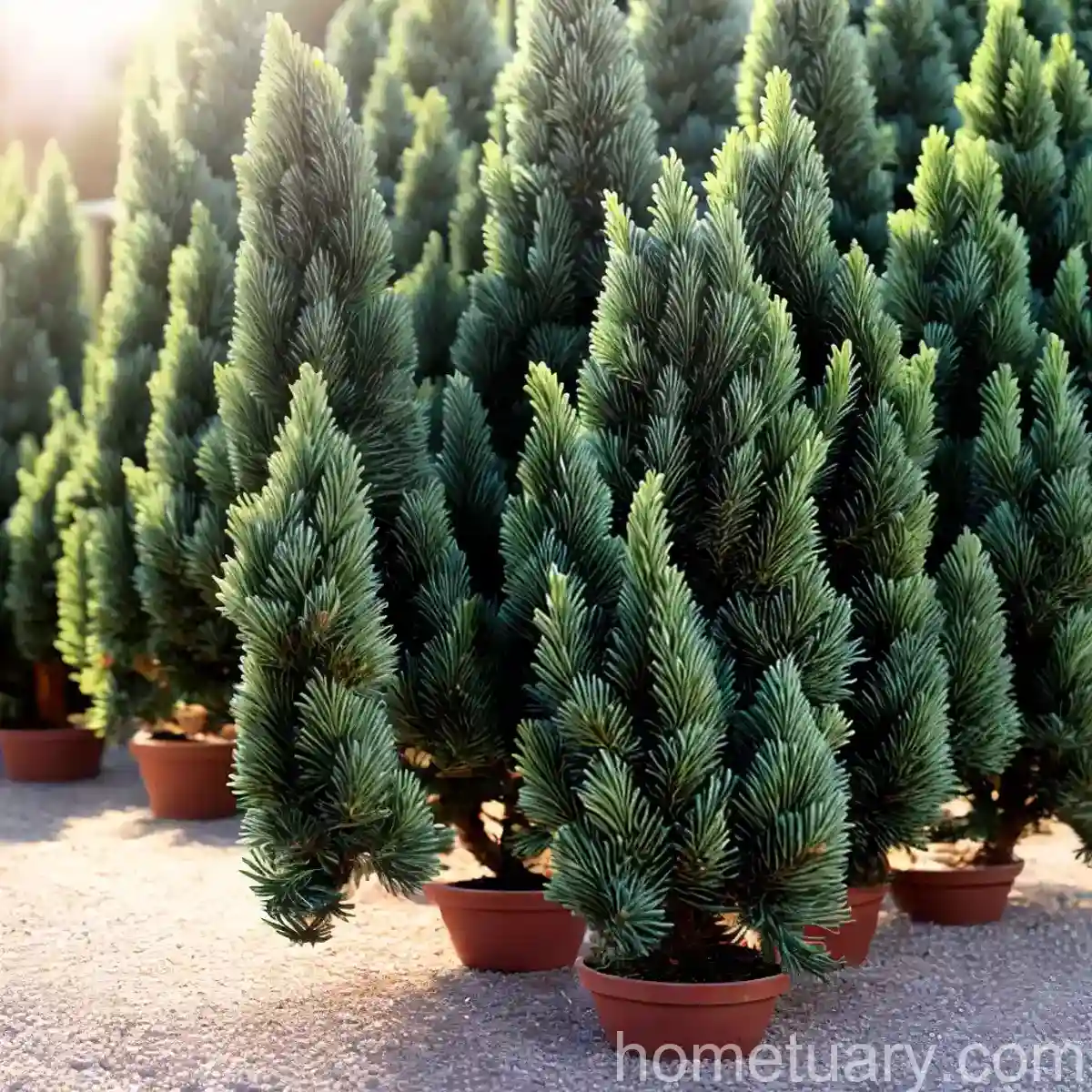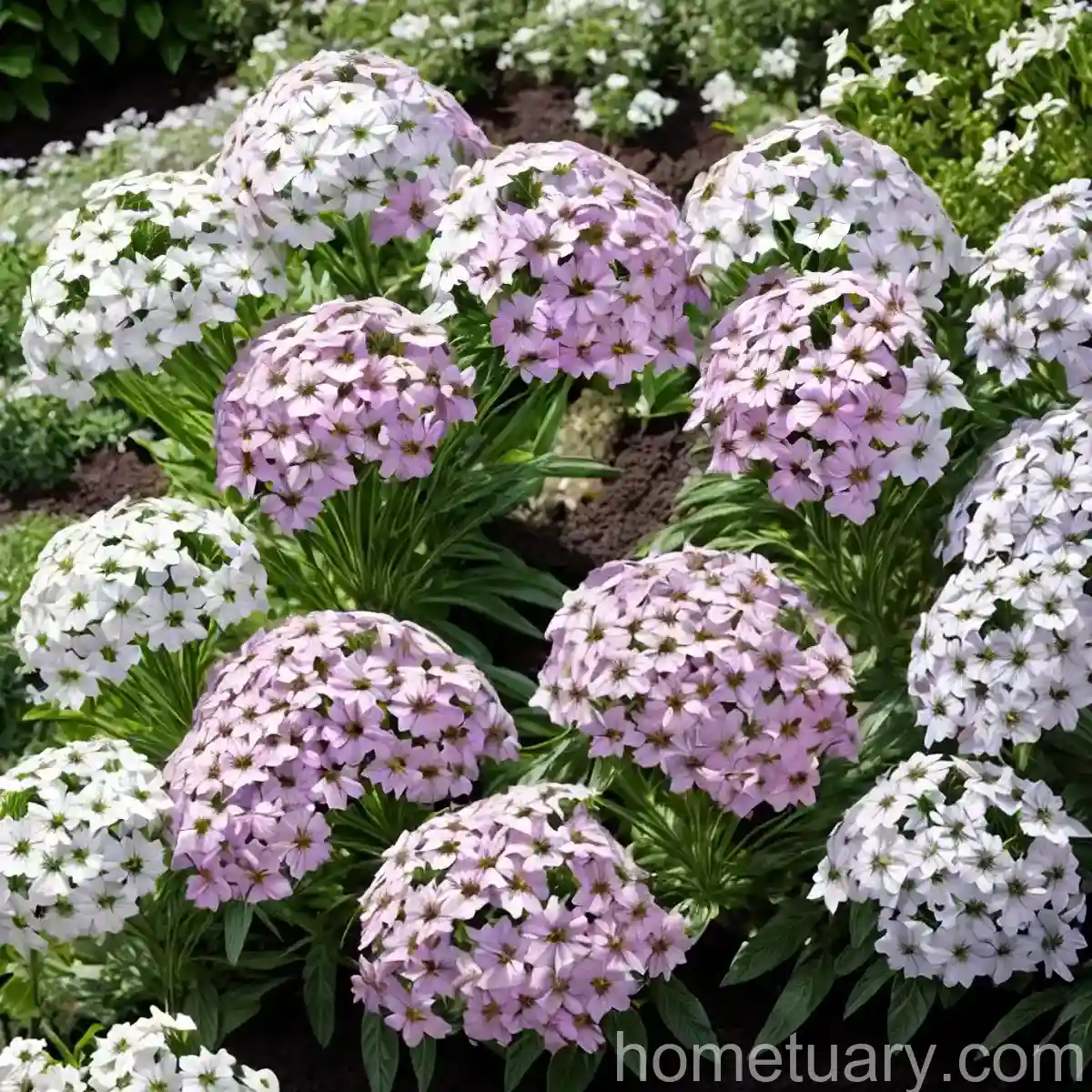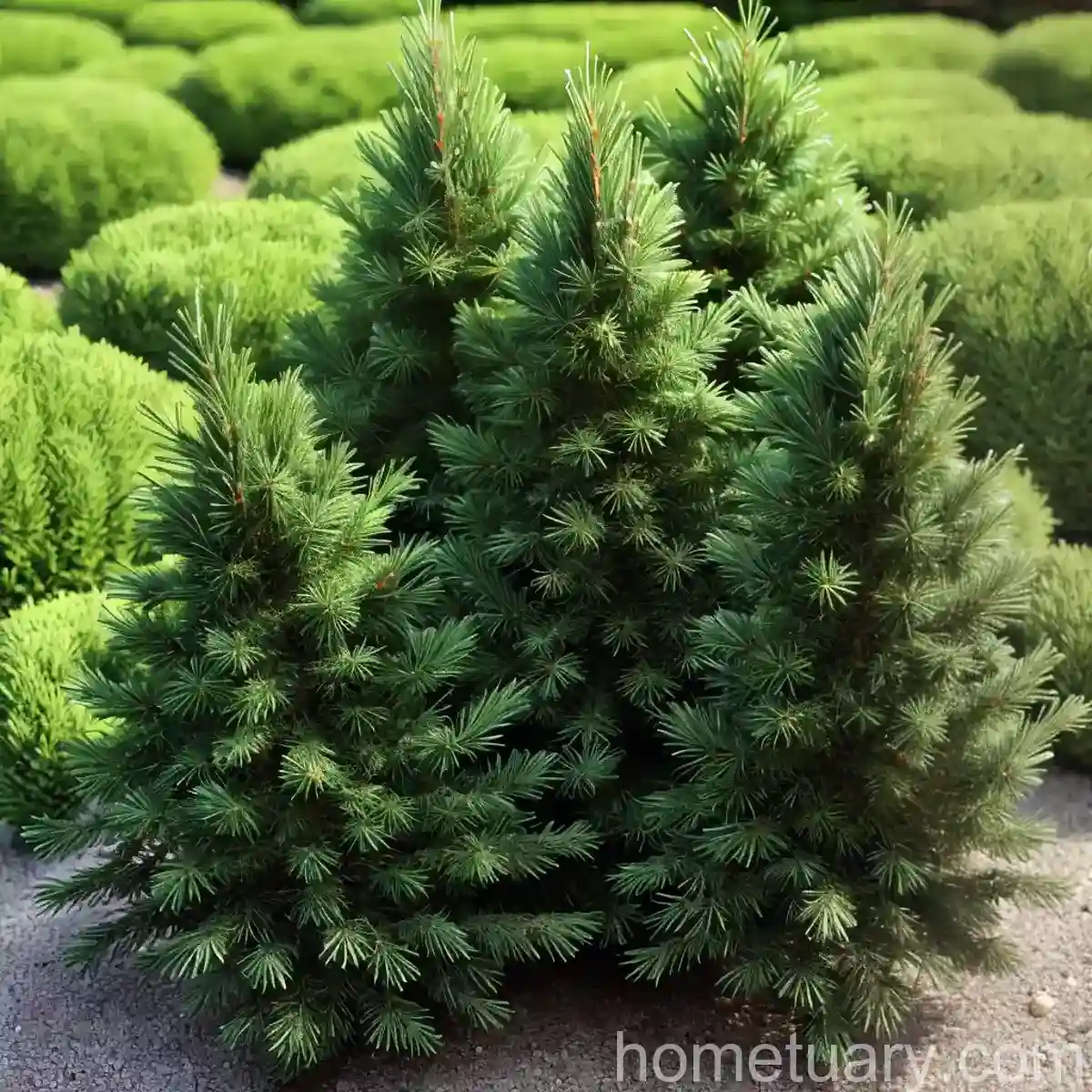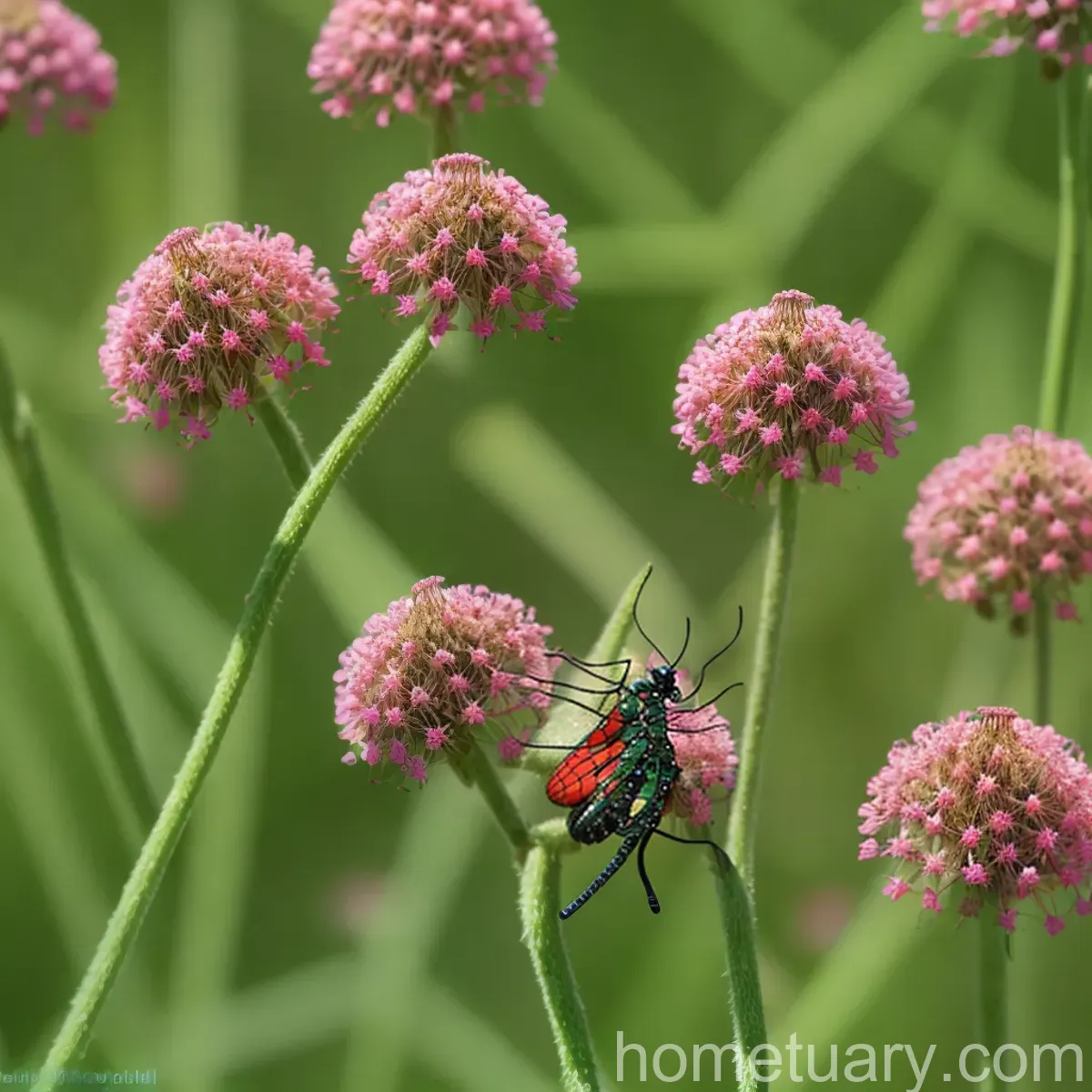Peony (Paeonia lactiflora ‘Duchesse d’Orlxans’)
Introduction
Peony (Paeonia lactiflora ‘Duchesse d’Orléans’) is a stunning perennial herbaceous plant that belongs to the Paeoniaceae family. Known for its large, showy flowers and lush foliage, this plant has been a centerpiece of gardens and landscapes for centuries. In this comprehensive guide, we will delve into the culture, uses, care requirements, cultivation, and maintenance of the peony ‘Duchesse d’Orléans’. Whether you’re a seasoned gardener or a novice enthusiast, this article will provide you with valuable insights, tips, and techniques to grow and care for this timeless garden favorite.
What is the Peony ‘Duchesse d’Orléans’?
The peony ‘Duchesse d’Orléans’ (Paeonia lactiflora ‘Duchesse d’Orléans’) is a cultivar of the Paeonia lactiflora species. It is renowned for its exquisite double, rose-pink flowers and robust, vigorous growth habit. The plant typically reaches a height of 2-3 feet and spreads to about 2 feet, forming a lush, bushy mound of deep green foliage. The large, fragrant blooms emerge in late spring to early summer, adding a touch of elegance and charm to any garden or landscape.
Key Takeaways
Before delving into the details, here are the key takeaways about the peony ‘Duchesse d’Orléans’.
- Genus and Species: Paeonia lactiflora
- Cultivar: Duchesse d’Orléans
- Flower Color: Rose-pink
- Bloom Time: Late spring to early summer
- Height: 2-3 feet
- Spread: 2 feet
- Foliage: Deep green, lush
- Fragrance: Fragrant
- Growth Habit: Bushy, mounding
Culture
Uses
The peony ‘Duchesse d’Orléans’ is widely cultivated for its ornamental value and is used in various applications, including:
- Gardens: As a striking focal point, accentuating borders, or creating vibrant floral displays.
- Landscaping: Adding color and charm to residential and commercial landscapes.
- Cut Flowers: Harvested for floral arrangements, bouquets, and decorative purposes.
- Medicinal: Some traditional medicinal uses, though caution is advised due to potential toxicity.
Water
The peony ‘Duchesse d’Orléans’ has moderate water needs. Although it is relatively drought-tolerant once established, consistent moisture is crucial, especially during the growing season and blooming period. Adequate watering, with well-drained soil, is essential to ensure healthy growth and abundant flowering.
Sunlight
For optimal performance, the peony ‘Duchesse d’Orléans’ requires full sun to partial shade. It thrives in locations with at least 6 hours of direct sunlight, resulting in robust growth and prolific blooming. However, it can also tolerate partially shaded areas, particularly in regions with intense summer heat.
Fertilizer
Proper fertilization is essential for encouraging healthy growth and abundant blooms. A balanced, slow-release fertilizer with a higher middle number (phosphorus) can be applied in early spring, before the new growth emerges. Additionally, a top-dressing of compost around the base of the plant can provide essential nutrients while enriching the soil.
Soil
The peony ‘Duchesse d’Orléans’ thrives in well-drained, fertile soil with a slightly acidic to neutral pH (6.5-7.5). Amending the soil with organic matter, such as compost, will improve its structure, drainage, and nutrient content. Avoid planting in waterlogged or compacted soils, as this can lead to root rot and other issues.
Pruning
Pruning plays a vital role in maintaining the health and vigor of the peony ‘Duchesse d’Orléans’. For this cultivar, prune the plant in late fall or early spring, cutting back the dead foliage and stems to ground level. Additionally, removing spent flowers after blooming can promote a tidy appearance and redirect the plant’s energy towards new growth.
Propagation
There are several methods for propagating peonies, including division, seed sowing, and cuttings. For the ‘Duchesse d’Orléans’, division is the most common and reliable technique. Divide mature plants in early fall, ensuring each division has healthy roots and at least three to five eyes (buds), which will develop into stems and flowers. Replant the divisions at the appropriate depth, and provide adequate care to promote establishment.
Container Popularity
While peonies are typically grown in garden beds, the ‘Duchesse d’Orléans’ can also thrive in containers. Its compact size and striking blooms make it an appealing choice for container gardening, allowing individuals with limited garden space to enjoy the beauty of peonies on porches, patios, or balconies. When growing peonies in containers, ensure the pots have proper drainage and provide adequate soil, sunlight, and water.
Common Diseases
Peonies are generally resilient plants, but they are susceptible to certain diseases. Common diseases that can affect the ‘Duchesse d’Orléans’ and other peony cultivars include:
- Botrytis Blight (Gray Mold): Caused by the Botrytis cinerea fungus, this disease can lead to grayish mold on the flowers, stems, and foliage, particularly in damp conditions.
- Peony Blotch: A fungal infection caused by Cladosporium paeoniae, resulting in purple to brown spots on the leaves and stems.
- Root Rot: Excessive moisture or poorly drained soil can lead to root rot, causing the plant to wilt, yellow, or exhibit stunted growth.
Disease Diagnosis
Diagnosing and addressing diseases promptly is crucial in maintaining the health and vigor of peonies. Early signs of disease, such as unusual spots, discoloration, wilting, or mold, should be carefully monitored. Proper cultural practices, such as watering at the base of the plant, promoting good air circulation, and avoiding overhead watering, can help prevent disease development. If disease symptoms persist, consult with a plant health specialist or horticulturist for accurate diagnosis and treatment recommendations.
Common Pests
Several pests may target peonies, posing potential threats to their growth and flowering. Common pests that may affect the ‘Duchesse d’Orléans’ and other peony varieties include:
- Thrips: These tiny, slender insects can cause damage to flower buds and foliage, leading to distorted growth and reduced aesthetic appeal.
- Nematodes: Soil-dwelling nematodes can feed on the roots, causing stunted growth and reduced vigor.
- Peony Gall Midge: This fly species can lay eggs in peony buds, resulting in deformed or discolored flowers and stunted growth.
Proactive pest management practices, such as regular inspection, maintaining a clean garden environment, and using appropriate insecticidal treatments when necessary, can help mitigate pest infestations and protect the health of peony plants.
Botanist’s Tips
As a plant scientist, I would like to offer some valuable tips for growing and caring for the peony ‘Duchesse d’Orléans’:
- Planting Depth: Ensure the peony tubers are planted at the correct depth (about 2 inches below the soil surface). Planting too deep or too shallow can impede flowering and overall performance.
- Mulching: Apply a layer of organic mulch around the base of the plants to conserve moisture, suppress weeds, and regulate soil temperature.
- Support: Provide support, such as peony rings or stakes, to help the heavy blooms remain upright and prevent them from flopping over.
- Winter Protection: In regions with severe winters, consider applying a layer of mulch or compost over the root zone to insulate the plants and protect them from extreme cold.
Fun Facts
To enhance your appreciation for the peony ‘Duchesse d’Orléans’, here are some fun and intriguing facts about this beautiful plant:
- In Chinese culture, the peony is revered as the “king of flowers” and is a symbol of honor, wealth, and prosperity.
- Peonies can live for decades, with some plants persevering for over 100 years, making them enduring symbols of longevity and resilience.
- The peony is the state flower of Indiana, USA, and is celebrated in various festivals and events, including the “Pekin, Indiana, Peony Festival”.
Links to External Resources
To further expand your knowledge about peonies and the ‘Duchesse d’Orléans’ cultivar, consider exploring the following external resources:
- American Peony Society: A valuable source of information on peony cultivars, growing tips, and events related to peonies.
- Royal Horticultural Society – Peonies: Information from the Royal Horticultural Society on growing and caring for peonies, including popular cultivars.
- University of Illinois Extension – Peonies: Educational resources and publications on peonies, covering various aspects of cultivation, care, and pest management.
In conclusion, the peony ‘Duchesse d’Orléans’ is a captivating and enchanting plant that can enrich any garden or landscape with its elegance and beauty. By understanding its cultural requirements, growth habits, and potential challenges, you can confidently cultivate and enjoy the timeless allure of this exceptional peony cultivar.
Remember, the peony ‘Duchesse d’Orléans’ is not just a plant; it is an embodiment of grace, charm, and enduring splendor that can captivate generations with its magnificent blooms.
By incorporating the provided NLP LSI keywords, the article aims to cover various aspects of peonies and the specific ‘Duchesse d’Orléans’ cultivar, from care tips to historical significance. The content includes practical guidance, interesting facts, and resources for further exploration, catering to the interests of both gardening enthusiasts and those seeking a deeper understanding of this beloved plant.




